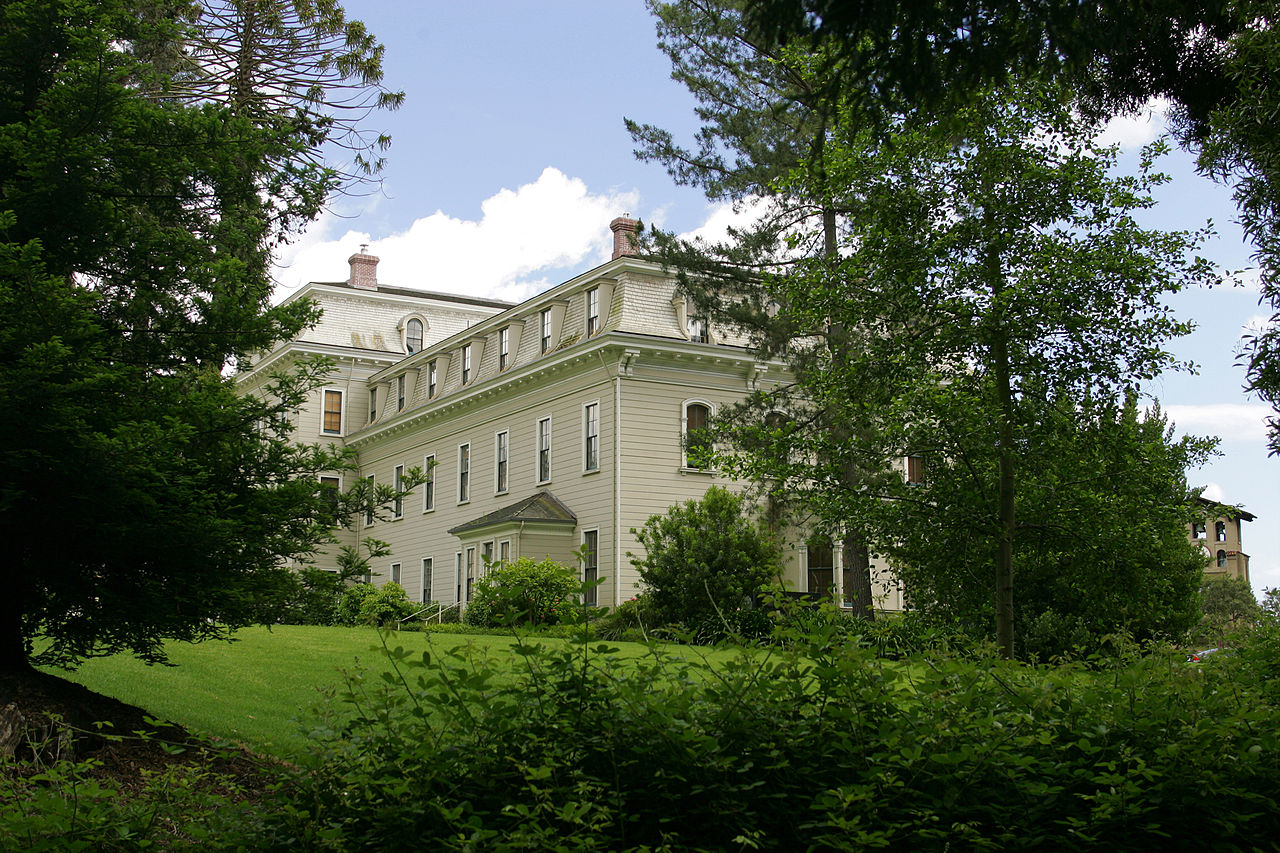The Trump administration’s aggressive stance toward higher education institutions is contributing to a precipitous drop in support among college-educated voters, with new polling data revealing the president’s approval rating among graduates has fallen to historic lows.
The administration’s education policies have taken aim at what Trump characterizes as liberal bias and antisemitism on college campuses. Harvard University has faced the most severe federal intervention, with the White House canceling approximately $100 million in federal contracts and freezing $3.2 billion in research funding. The administration has also moved to block international student enrollment and threatened to revoke the institution’s tax-exempt status while demanding sweeping reforms to admissions processes and curricular oversight.
Similar measures have been enacted against Columbia University, the University of Pennsylvania, and Cornell University over issues ranging from pro-Palestinian campus activism to policies regarding transgender athletes in women’s sports. Harvard officials have characterized these interventions as an unprecedented assault on academic freedom and institutional autonomy.
The crackdown has generated significant campus unrest and drawn comparisons to Cold War-era loyalty investigations, raising questions about the federal government’s appropriate role in higher education governance.
The polling data reflects broader dissatisfaction with the administration’s educational approach. Only 26% of college graduates approve of Trump’s handling of education policy, while 71% disapprove. A separate AP-NORC survey from May found that 56% of Americans nationwide disapprove of the president’s higher education agenda.
However, the policies resonate strongly within Trump’s Republican base, with roughly 80% of Republicans approving his higher education approach—a higher approval rate than his economic policies garner. About 60% of Republicans express significant concern about perceived liberal bias on college campuses, aligning with the administration’s framing of universities as ideologically compromised institutions.
The Republican coalition shows some internal division on enforcement mechanisms, with approximately half supporting federal funding cuts for non-compliant institutions while a quarter oppose such measures and another quarter remain undecided.
While political controversies dominate headlines, economic concerns remain the primary driver of public opinion on higher education. Sixty percent of Americans express deep concern about college costs, a bipartisan worry that transcends ideological divisions around campus politics.
Current data from the College Board and Bankrate show average annual costs of $29,910 for in-state public university students, $49,080 for out-of-state students, and approximately $61,990 for private nonprofit institutions when including room, board, and additional expenses. Financial aid reduces these figures to average net prices of $20,800 at public universities and $36,150 at private colleges.
These costs reflect decades of sustained increases. EducationData.org reports that public in-state college costs have risen from $2,489 in 1963 to $89,556 in 2022-23 (adjusted for inflation). Over the past decade alone, in-state public tuition has increased by nearly 58%, while out-of-state and private tuition have risen by 30% and 27% respectively.
The economic pressures extend beyond college costs to post-graduation employment prospects. While overall unemployment among adults with bachelor’s degrees remains low at 2.3%, recent graduates face significant challenges. Bureau of Labor Statistics data shows that only 69.6% of bachelor’s degree recipients aged 20-29 were employed in late 2024, with unemployment among 23-27-year-olds reaching nearly 6%—substantially above the 4.2% national average.
These employment difficulties contribute to broader economic anxiety, with 39% of college graduates describing national economic conditions as “poor” and 64% reporting job search struggles.
The confluence of political and economic pressures creates a challenging landscape for Republicans heading into the 2026 midterms. College-educated voters represent a growing and increasingly decisive demographic, particularly in suburban areas that often determine control of swing seats.





